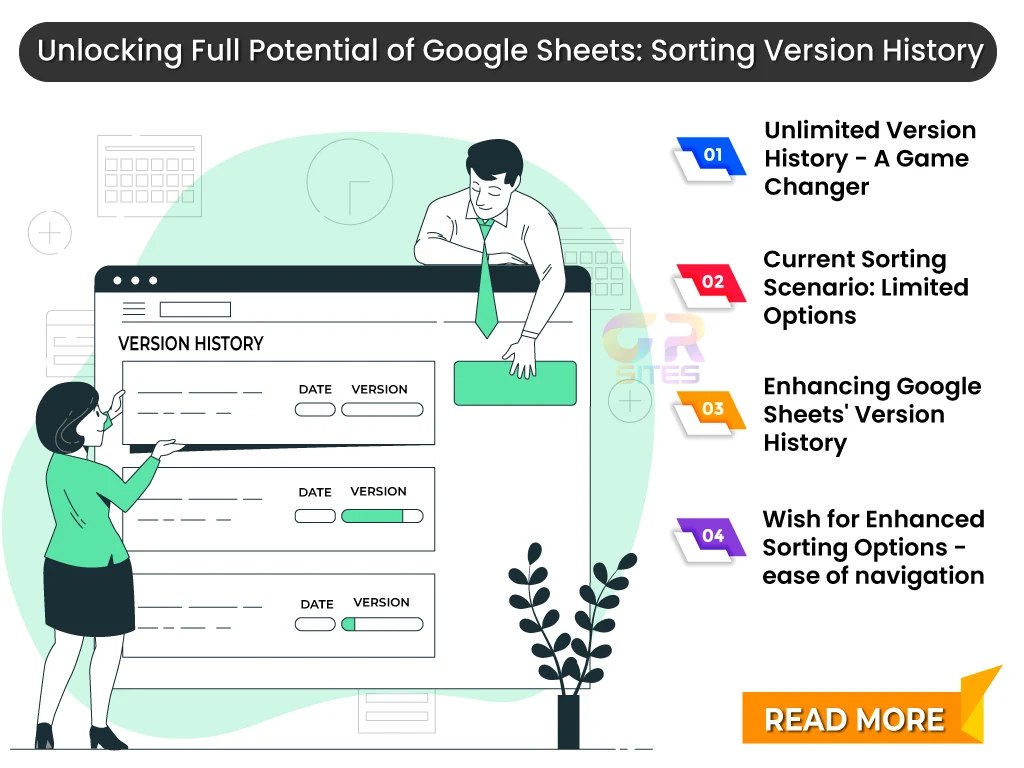Apple, known for its innovative products and cutting-edge technology, has always launched iPhone during the September launch event. However, as each year passes, the opportunity to introduce groundbreaking advancements in every new iPhone iteration is becoming more challenging. To address this, Apple soon might contemplate a strategic shift in its release cycle approach similar Mac models, with the possibility of extending the time between iPhone launches from 12 months to 18 or 24 months. This move aims to maximize product shelf life, increase sales revenue, and meet and exceed customer expectations.
The Limitations of Annual Release Cycles
- Diminishing Technological Advancements: As technology progresses at an exponential rate, the challenge of introducing significant advancements with each annual iPhone release becomes increasingly daunting and launching products or software without bugs has become even more complex. The pressure to push boundaries and deliver new features becomes more difficult to sustain year after year. By extending the release cycle, Apple can allocate more time for research, development, and innovation, resulting in more substantial and impactful improvements in their flagship product.
- Increased Production Cost: Launching a new iPhone model every year comes with its fair share of production costs. From sourcing raw materials to manufacturing and assembly, the expenses add up significantly. By elongating the release cycle, Apple can reduce operational costs, optimize its supply chain, and streamline production processes. This can ultimately lead to cost savings and increased profitability.
- Short Shelf Life: With annual releases, the shelf life of each iPhone model is relatively short-lived. Customers who invest in the latest iPhone may find themselves tempted by the next iteration released just a few months later. Also, the new buyers are more interested in buying the older version of iPhones with discounted prices and offers. By extending the release cycle, Apple can offer a more prolonged period of exclusivity to customers who have recently purchased an iPhone, enhancing their overall satisfaction and loyalty to the brand.
Apples intention of Extended-Release Cycles
- Extended Shelf Life: Extending the release cycle inherently extends the shelf life of each iPhone model. This provides customers with a more prolonged period to enjoy the pride of using latest version without feeling the peer pressure to upgrade to the latest version. Additionally, it allows Apple to continue supporting and releasing software updates for an extended duration, enhancing the user experience and ensuring compatibility with new technologies and services.
- Marketing and Hype Generation: Longer release cycles can generate increased anticipation and excitement among consumers. With more time between each launch, Apple can strategically build hype and engage in targeted marketing campaigns. This approach creates a sense of exclusivity and rarity, driving demand and ultimately increasing sales upon each new iPhone release.
Meeting and Exceeding Customer Expectations:
- Comprehensive User Feedback Analysis: By extending the release cycle, Apple can gather more user feedback from each iPhone iteration. This invaluable information can be used to identify areas for improvement and tailor future product developments to better meet customer expectations. Taking the time to listen and adapt to customer needs is a key factor in building long-lasting brand loyalty.
- Addressing Technological Pain Points: A longer release cycle allows Apple to focus on addressing technological pain points identified by users and critics. By dedicating more time to research and development, Apple can implement solutions and enhancements that directly address customer concerns. This iterative approach ensures that each new iPhone iteration brings meaningful improvements and resonates with users on a deeper level.
- Continuous Innovation and Differentiation: With extended-release cycles, Apple has the opportunity to explore new horizons and disrupt the market with groundbreaking innovations. By investing more time in research, development, and design, Apple can create differentiating factors that set their products apart from competitors. This strategic approach fosters a culture of continuous innovation, ensuring that each new iPhone release is met with enthusiasm and anticipation.
Final thoughts:
In the rapidly evolving landscape of smartphone technology, Apple might soon start exploring the possibility of extending the release cycle for future iPhone models. By adopting a longer time-frame between each iteration, Apple can overcome the limitations of annual releases, increase product shelf life, and better meet customer expectations.


